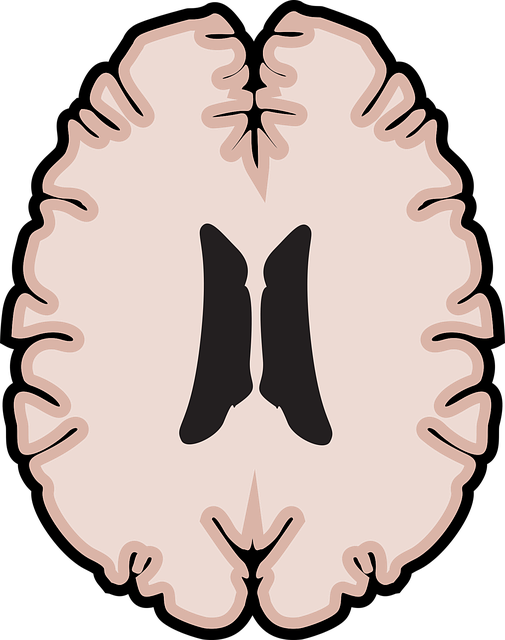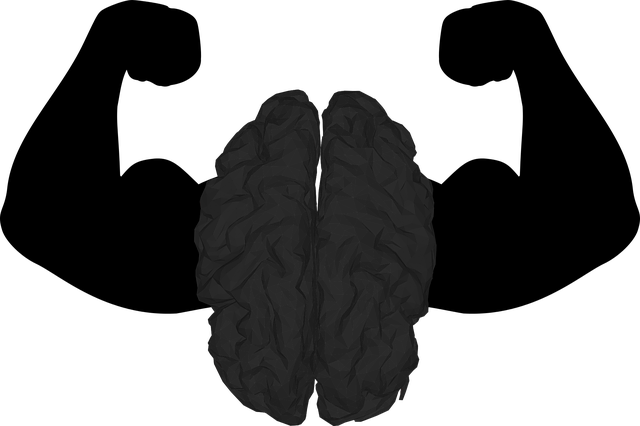Greenwood Village Divorce Therapy focuses on understanding community needs to develop effective programs. By identifying specific target groups like teenagers or adult couples, therapists create tailored interventions addressing unique divorce challenges. Engaging outreach strategies, including informational sessions, workshops, and support groups, empower individuals facing divorce with healing and personal growth opportunities. Implementing a comprehensive network of assistance, such as Mental Wellness Coaching Programs, offers holistic care. Data-driven impact assessment using KPIs and participant feedback ensures long-term success, while ongoing commitment to public awareness and crisis intervention strengthens the community's overall well-being.
Community outreach programs play a pivotal role in addressing the emotional well-being of Greenwood Village residents, particularly those grappling with divorce. This article explores strategies for implementing such programs, focusing on understanding diverse community needs and targeting specific groups. We delve into designing engaging outreach campaigns that educate and connect with the community, while also highlighting the importance of establishing comprehensive support services. Additionally, it discusses measuring impact and ensuring long-term success through continuous evaluation.
- Understanding Community Needs: Identifying Target Groups for Greenwood Village Divorce Therapy Programs
- Designing Effective Outreach Strategies: Engaging and Educating the Community
- Implementing Support Services: Creating a Comprehensive Network of Assistance
- Measuring Impact and Sustaining Success: Evaluating and Enhancing Community Engagement
Understanding Community Needs: Identifying Target Groups for Greenwood Village Divorce Therapy Programs

Understanding Community Needs is a crucial step in implementing effective Greenwood Village Divorce Therapy programs. To design relevant interventions, it’s essential to identify specific target groups within the community. This process involves recognizing the unique challenges and needs of individuals and families facing divorce-related issues. By focusing on these groups, therapy programs can be tailored to address their particular circumstances, ensuring more meaningful engagement and positive outcomes.
For instance, different age groups may require distinct approaches. Self-Awareness Exercises and Emotional Intelligence training could benefit teenagers navigating the aftermath of parental divorce, helping them manage mood swings and build resilience. In contrast, adult couples experiencing marital distress might benefit from programs emphasizing communication skills and Mood Management techniques to enhance their relationships. Greenwood Village Divorce Therapy initiatives should thus be community-driven, catering to these diverse needs for a more inclusive and impactful support system.
Designing Effective Outreach Strategies: Engaging and Educating the Community

Designing effective outreach strategies is key to engaging and educating communities on essential topics like divorce therapy in Greenwood Village. Successful programs must cater to diverse needs, incorporating various emotional well-being promotion techniques and inner strength development activities. This could involve hosting informational sessions, workshops, or support groups that not only provide emotional healing processes but also foster open dialogue and dispel myths surrounding therapy.
Tailoring these strategies to the unique characteristics of Greenwood Village ensures relevance and encourages community participation. By adopting inclusive approaches, outreach programs can effectively empower individuals facing divorce, guiding them towards healing and personal growth.
Implementing Support Services: Creating a Comprehensive Network of Assistance

Implementing support services is a vital aspect of community outreach, especially when addressing sensitive issues such as divorce and mental health. Greenwood Village Divorce Therapy, for instance, can be enhanced by creating a comprehensive network of assistance that goes beyond traditional therapy sessions. This involves integrating various services tailored to different needs, including but not limited to Mental Wellness Coaching Programs Development, which equips individuals with coping strategies for life’s challenges. By fostering connections between therapy, support groups, and community resources, a more holistic approach is achieved, ensuring individuals receive the comprehensive care they deserve.
Additionally, Burnout Prevention should be a key focus in these programs. In today’s fast-paced world, many face overwhelming stress leading to burnout. Implementing outreach programs that prioritize mental health, through policy analysis and advocacy for better Mental Health Policy Analysis and Advocacy, can make a significant difference. Such initiatives promote awareness, reduce stigma, and ensure individuals have access to necessary resources, ultimately strengthening the community’s overall resilience.
Measuring Impact and Sustaining Success: Evaluating and Enhancing Community Engagement

Measuring the impact of community outreach programs is vital to ensuring their long-term success and effectiveness. Greenwood Village Divorce Therapy has recognized this, incorporating rigorous evaluation methods into their strategy to enhance community engagement. By assessing key performance indicators (KPIs) and collecting feedback from participants, they can identify what works best and make informed adjustments. This data-driven approach allows them to refine their programs, ensuring they meet the evolving needs of the community.
Sustaining success requires ongoing commitment to public awareness campaigns development and crisis intervention guidance. Effective communication strategies are essential for building strong relationships with community members. By fostering open dialogue and actively listening to feedback, Greenwood Village Divorce Therapy can create a supportive environment that encourages participation and collaboration. This collaborative approach not only strengthens their programs but also contributes to the overall well-being of the community, making it a vibrant and resilient place for all.









